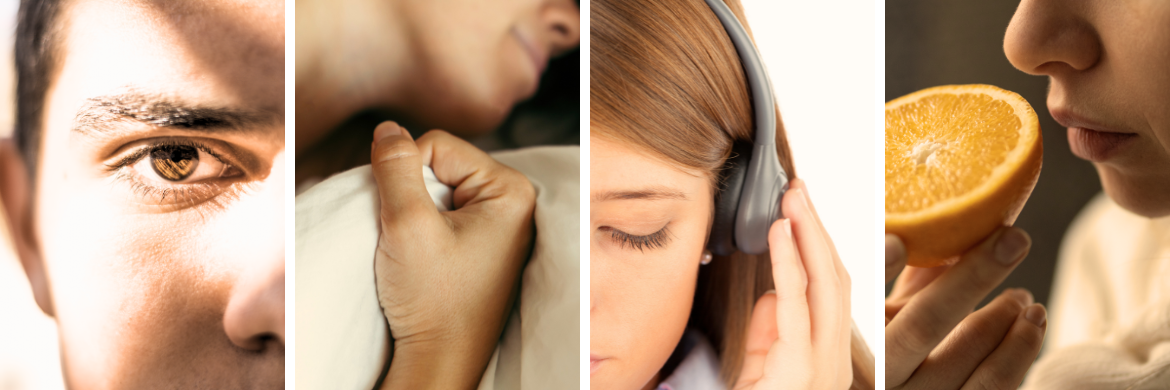
Living with dystonia, a neurological disorder characterized by involuntary muscle contractions, can be challenging. Sensory tricks can sometimes provide temporary relief or reduce the severity of dystonic symptoms. These tricks involve specific sensory stimuli or actions that help modulate abnormal movements. While the list is not exhaustive, here are some examples of sensory tricks for different types of dystonia:
For a list of Cervical Dystonia: A condition that affects the neck muscles and head posture, click here.
For a list of Blepharospasm: Involuntary eye closure due to uncontrollable muscle contractions, click here.
For a list of Blepharospasm + Oromandibular Dystonia (Meige Syndrome): Involving involuntary eye closure and facial muscle contractions, click here.
For a list of Lower Cranial Dystonia/ Oromandibular Dystonia: Affecting the lower face, tongue, and jaw muscles, click here.
For a list of Laryngeal Dystonia/ Spasmodic Dysphonia: Involving involuntary spasms of the vocal cords, click here.
For a list of Focal Hand Dystonia/ Writer's Cramp: Affecting hand muscles during specific tasks, click here.
For a list of Runner's Dystonia: Affecting leg muscles during running, click here.
For a list of Truncal Dystonia/ Camptocormia: Involuntary contractions of the trunk muscles, click here.
For a list of DYT1 Dystonia: A specific genetic form of dystonia, click here.
